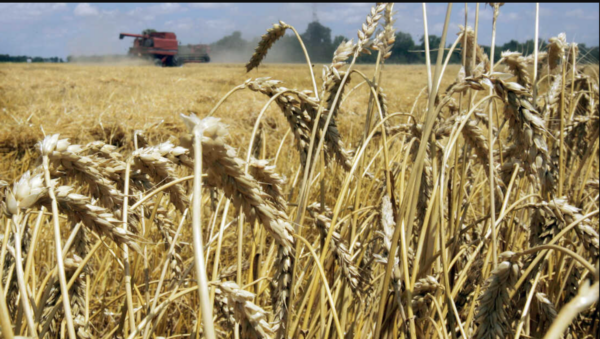Using genomic surveillance, scientists have determined that a clonal lineage of the wheat blast fungus has recently expanded to Asia and Africa after two independent introductions from South America.
According to the International Maize and Wheat Improvement Center, wheat blast disease is “rapidly lethal” and “threatens food safety and security in tropical regions of South America and South Asia.”
It is also described as “one of the most dreaded and incurable wheat diseases of recent decades” because it spreads through infected seeds, crop residues, and airborne particles that can travel great distances.
Genomic monitoring revealed a pandemic clonal lineage of the wheat blast fungus that “may contribute to overall crop collapse”

Wheat crops are currently threatened by a “expanding blast pandemic” caused by the ascomycete fungus Magnaporthe oryzae, which researchers describe as “a formidable and persistent threat to main grain cereals that could lead to crop failure.”
Since 1985, when the disease reportedly first appeared in Brazil, there have been reports of its spread to Bangladesh and Zambia. An outbreak of the disease in 2016 resulted in an average yield loss of 51 percent for cereals in Bangladesh, for instance.
The researchers have pointed out that the occurrence of wheat blast on three continents with highly conducive climatic conditions for its spread is “unprecedented” and poses a “very significant threat” to global food security. In addition, according to the scientists, this peril is exacerbated by climate change and conflict.

